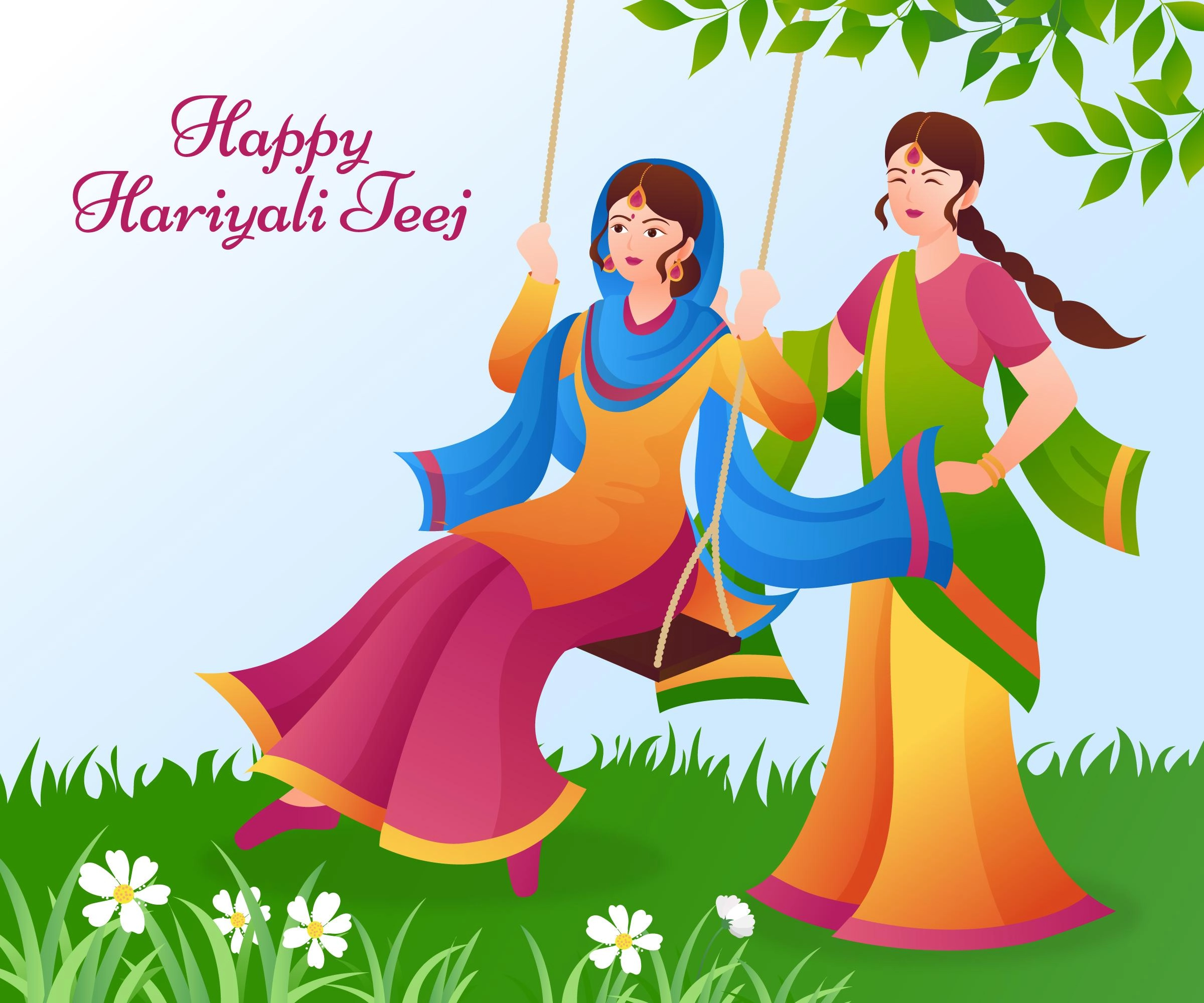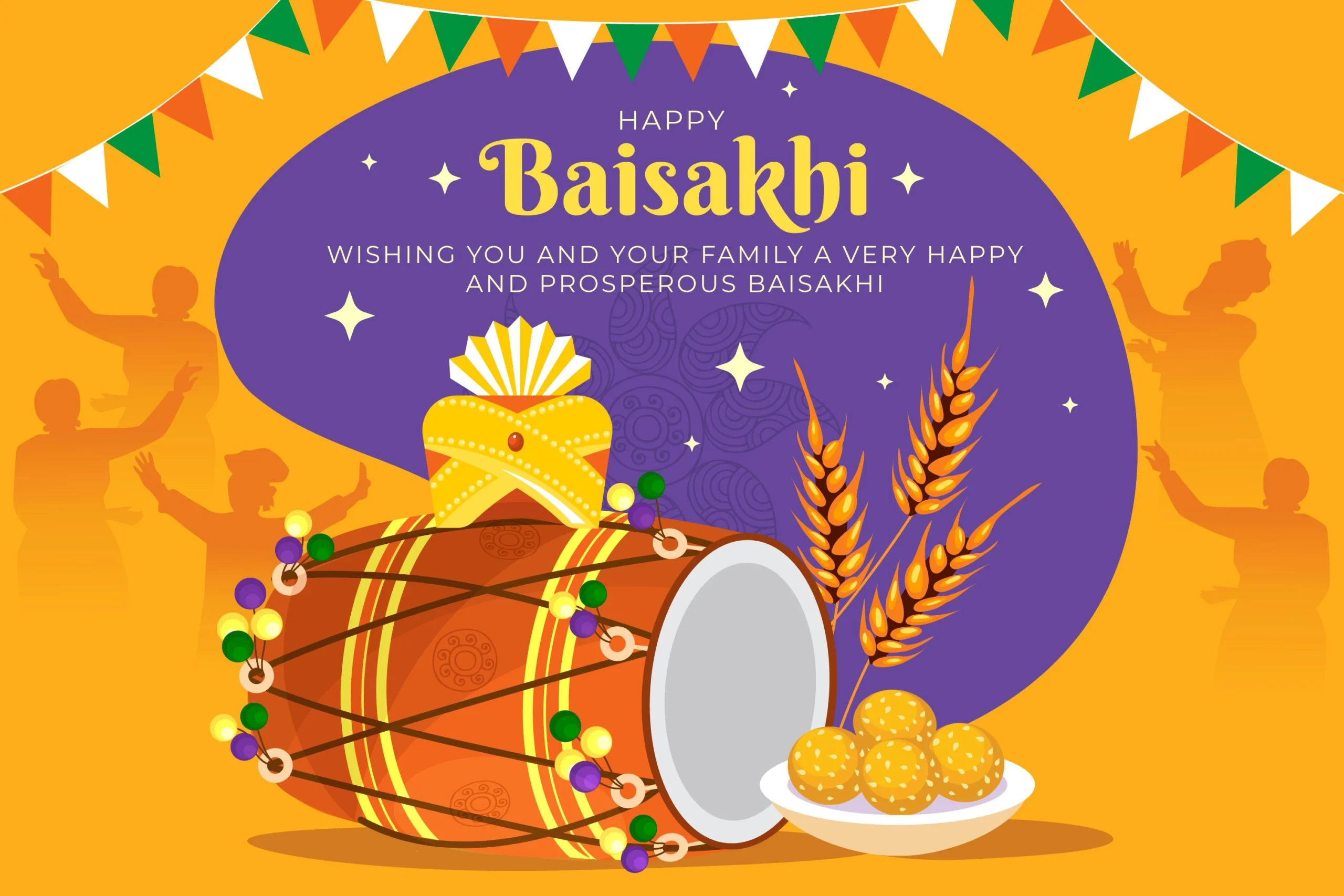Durga Puja, one of the most significant Hindu festivals, is celebrated with great fervor and enthusiasm, particularly in the Indian state of West Bengal. This festival honors Goddess Durga and her triumph over the buffalo demon Mahishasura, symbolizing the victory of good over evil. Celebrating Durga Puja involves various rituals, traditions, and cultural activities that bring communities together. This comprehensive guide will help you understand and participate in the vibrant festivities of Durga Puja.
Understanding Durga Puja
The Significance of Durga Puja
Durga Puja is a time to honor the divine feminine power, as embodied by Goddess Durga. It is believed that the goddess descends to earth during this period to bless her devotees and to destroy evil forces. The festival typically spans over ten days, culminating in Vijayadashami or Dussehra, marking the day when Durga triumphed over Mahishasura.
Historical and Cultural Context
Durga Puja has been celebrated for centuries, with its roots tracing back to the late medieval period. Over time, it has evolved from a primarily religious observance to a cultural extravaganza, featuring music, dance, food, and elaborate decorations. Today, it is not just a religious festival but also a celebration of art, culture, and community.
Preparing for Durga Puja
Planning and Preparation
- Setting the Date: Durga Puja usually falls in the month of Ashwin (September-October) according to the Hindu lunar calendar. Mark these dates on your calendar and plan accordingly.
- Cleaning and Decorating: Start with cleaning your home and setting up an altar for the goddess. Decorate with flowers, lights, and traditional items like alpona (ritualistic patterns drawn with rice paste).
- Gathering Supplies: Ensure you have all necessary items like idols of Durga, traditional clothes, food ingredients for offerings, and materials for rituals.
Rituals and Traditions
The Five Days of Durga Puja
- Shashthi: The sixth day of Navratri, marking the unveiling of the idol and the invocation of the goddess. Kalparambha (preliminary rituals) and Bodhon (invocation) are performed.
- Saptami: The seventh day, beginning with the Pran Pratishta (life-infusing ritual) where the goddess is symbolically awakened. The day includes Anjali (flower offerings) and cultural programs in the evening.
- Ashtami: The eighth day, considered the most auspicious. Kumari Puja, where young girls are worshipped as embodiments of the goddess, is performed. The evening features Sandhi Puja, marking the transition from Ashtami to Navami.
- Navami: The ninth day involves special prayers and offerings. The day ends with Maha Aarti, a grand prayer ceremony.
- Vijayadashami: The tenth day, symbolizing the victory of good over evil. The idol is immersed in water, symbolizing the goddess’s return to her abode.
Special Rituals
- Anjali: Offering flowers to the goddess while reciting mantras.
- Sindoor Khela: Married women smear each other with vermilion, symbolizing marital bliss and the goddess’s protection.
- Dhunuchi Naach: A traditional dance performed with incense burners.
Celebrating Durga Puja
Community Participation
- Pandal Hopping: Visiting elaborately decorated temporary structures housing the idols of Durga. Each pandal showcases unique themes and artistry.
- Cultural Programs: Enjoy music, dance, and theatrical performances that highlight the rich cultural heritage.
- Food and Feasts: Relish traditional Bengali cuisine, including delicacies like bhog (offering food), sweets like rasgulla and sandesh, and street food.
Involving Children
- Craft Activities: Engage children in making decorations, drawing alpona, and preparing for the puja.
- Storytelling: Narrate the story of Durga and Mahishasura, emphasizing the moral values of courage and righteousness.
- Dress Up: Encourage children to wear traditional attire and participate in rituals and cultural activities.
Virtual Celebrations
In the modern era, many communities organize virtual Durga Puja celebrations, allowing participation from people who cannot attend in person. Live streaming of rituals, online cultural programs, and virtual pandal hopping are becoming increasingly popular.
Conclusion
Durga Puja is not just a festival; it is a vibrant cultural phenomenon that brings people together in a celebration of faith, art, and community. Whether you are a seasoned participant or a newcomer, understanding the rituals, traditions, and cultural significance can enhance your experience. By embracing both traditional and modern ways of celebrating, you can ensure that the spirit of Durga Puja remains alive and thriving.
Keywords: Durga Puja, Goddess Durga, festival, rituals, traditions, cultural activities, Navratri, Vijayadashami, pandal hopping, community celebration, Bengali cuisine, virtual celebrations, cultural heritage, religious observance.
By following this guide, you can immerse yourself in the joyous celebration of Durga Puja and create lasting memories with your family and community.


